Despite their considerable importance to humans, many coral reefs around the world are in decline. Some scientists estimate that 58 percent of the world’s coral reefs are at risk from human damage. The most threatened reefs are those of Southeast Asia, where some 82 percent of reefs are at risk. About 61 percent of the Caribbean reefs are also under considerable threat. In many cases these reefs are not simply threatened by one thing, but by a combination of natural and human-caused stresses.
- Natural Threats to Coral Reefs
Reefs have always been subject to natural threats. Storms and hurricanes regularly sweep across some tropical areas, bringing massive waves capable of smashing corals even at depths of 10 m (33 ft) or more. Heavy rainfall can also harm corals by bringing fresh water and sediments onto the reefs.
Certain creatures eat coral. This is usually a natural process on a coral reef, but one creature, the crown-of-thorns starfish, sometimes reaches plague proportions and can destroy all living coral on a reef in a few weeks. These plagues may be natural, and reefs can certainly recover. However, many scientists believe that overfishing of the natural predators of these starfish may be worsening the problem. S tarfish populations may also be growing because they benefit from increased fresh water and sediments.

Crown-of-Thorns Starfish (Acanthaster planci)
- Human Threats to Coral Reefs
The amount of sediments reaching the sea has increased rapidly over the past hundred years or more. This can be linked to the loss of forests and the development of new agricultural techniques that lay the land open to rain and erosion. The sediments are swept into the oceans through rivers and streams and, like the algae, can smother and kill the coral.
Fishing has been going on around coral reefs for thousands of years. Problems arise when too many people try to catch fish from the reefs, or when, often out of desperation, they turn to destructive measures to capture fish. The rapid growth of human populations, combined with the development of increasingly efficient fishing methods, means that reefs in many areas are overfished. The reefs have fewer and smaller fish than in the past, a disaster both for the reef ecosystem and for the fishers. In a few places, notably in Southeast Asia, some fishers use explosives to capture fish. These explosives kill all fish within a certain area, as well as destroying the corals nearby. It takes many years for these damaged areas to recover.
Even reefs remote from humans have been affected by fishing as certain target species, such as large fish, giant clams, and sharks, have become so valuable that fishing vessels are willing to travel considerable distances to capture the remaining individuals. Today it is rare to find a reef with its full complement of these magnificent creatures.
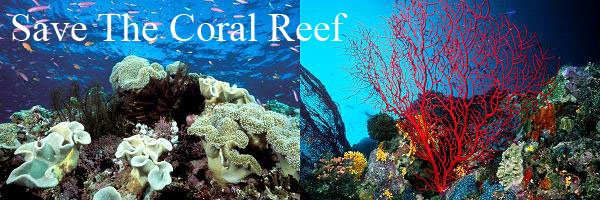


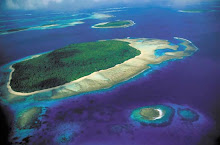
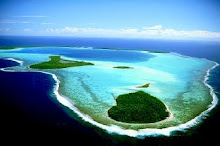

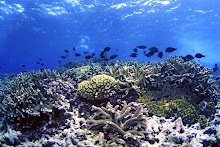
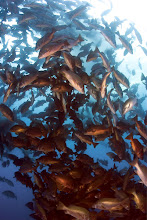

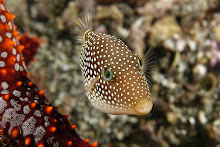

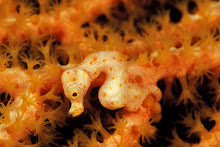

3 comments:
Over the past year’s preservation of the Coral Reefs around the globe has been a major and pressing issue. There is a multitude of causes for the deteriorating reefs, many directly relate to human activities. Coral reefs cover 280,000k.m of the ocean floor and provide food and shelter for an abundance of marine species. (Shah, Anup) The effects of our damaged reefs include the endangerment or extinction of the living creatures occupying the reefs, an off-balance in food chains and ecosystems, as well as the loss of coastal protection. (How, Jim) Different organizations have begun forming in order to try and save the reefs. The Nature Controversy lists many different options for people to get involved and make a difference. (The Nature Controversy)
“Coral Reefs of the Tropics-You Can Make a Difference” The Nature Controversy. The Nature Controversy. 2016. Web. 4 April 2016.
Haw, Jim. “The Effects of Climate Change on Coral Reef Health” Scientific American. A Division of Nature America. 5 June 2013. Web. 4 April 2016.
Shah, Anup. “Coral Reefs” Global Issues. N.p. 3 March 2013. Web. 4 April 2016.
I completely agree with the fact that corals are facing threat from natural disasters and human. Today it is rare to find a reef with its full complement of these magnificent creatures. This grave issue needs an immediate attention so that it can be completely eradicated.
Coral reefs are valuable but highly threatened. So, now is the time to take action to help restore and protect our ecosystems so that they continue to provide food and resources.
meerwasser aquaristik
Post a Comment